Hi!
Recently the cosmetic market has welcomed quite a number of glitter beauty products. Indeed, they look cool and their colours are intriguing, they are also said to work really well. But do you know for sure what they really contain? Well, the very glitter isn’t a kind of a conditioning substance of shimmering properties, but microplastics. What’s even worse, plastic can be found in many cosmetics and its action is considered as disastrous both for our health and the environment we live in.
Microplastics? What’s that?
Microplastics are tiny pieces of plastic which diameter doesn’t exceed 5 mm. According to the newest researches, its annual production reaches up to 180 million tonnes! As always, the costs come into the picture – microplastics is a cheap, durable and universal material. Unfortunately, it has a very negative impact on the environment. Microplastics find their way to surface water to get to seas and oceans afterwards. The surface of the particles produce toxic substances that pose danger to water and its habitants. However, the worst about this situation is that microplactics is able to find its way to food chain. Fish, birds and mammals swallow them; microplastics get to humans as well.
Microplastics in cosmetics
Are you sure that the beauty products you use are free from microplastics? Let’s find out! Plastic particles are present in the majority of your make-up products and care cosmetics, and their concentration reaches even 90%! It’s added to balms, creams, toothpastes, shampoos and scrubs. Microplastics are used to thicken cosmetics and gift them with a dense formula. Last but not least, microplastics hide under the following names: Polyethylene, Polipropylene, Polyester, Polyamid, Nylon, Polyurethane, Polymide, Ethylene-Vinyl Acetate, Acrylates Copolymer, Acrylates Crosspolymer, Polyquaternium.
Microplastics substitutes
The good news is that more and more cosmetic brands are resigning from adding microplastics to their cosmetics. There are special documents issued regulating the amount of plastic particles that can be added to beauty products. Moreover, we know natural substitutes of microplastics.
- For Polyethylene and Polipropylene there are: powdered fruit seeds/nut shells, mineral salts, diatomaceous earth, kaolin clay, sea sand, sea salt and sugar.
- For Polyethylene Terephthalate that is used for packaging production, there are glass packaging and natural resin used.
- For Polymers and Acrylic Copolymers, Polyurethane, Polyesters, Polyamides and Boxquaterium 7: starch, cellulose, arabic and xanth gum, pectin, alginine, hyaluronic acid, collagen, as well as glycerol, fatty acids, fatty alcohols, amino acid esters and natural resins.
Microplastics – Hazard for environment
Unfortunately, only few wastewater treatment stations are able to catch plastic particles. The rest reaches seas and oceans. Corals and fish feed on microplastics. As a consequence their digestive system becomes clogged and the sense responsible for detecting predators becomes blunt – this in turn disturbs natural eco-system. The bigger parts of plastic such as plastic bags, tyres and residues of fishnet can lead to bodily mutilations, and even distinction of marine life.
Cosmetic brands VS environment protection
More and more cosmetic brands are giving up on adding microplastics to their beauty products. Instead, they tend to use natural substances (mineral particles or fruit seeds). Synthetic substances are removed from the following brands’ products: L’Oreal, Biotherm, Johnson and Johnson, and The Body Shop. There are also many eco organizations which object to including microplastics to cosmetics.


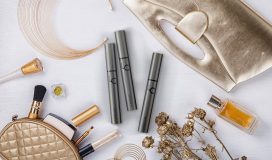
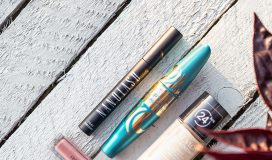

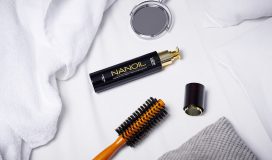
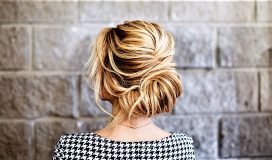
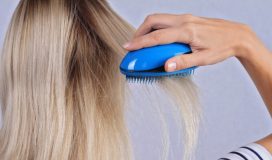
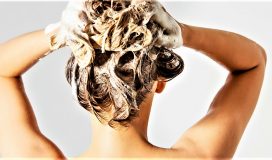
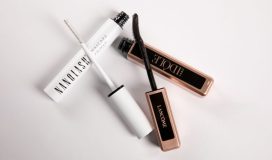
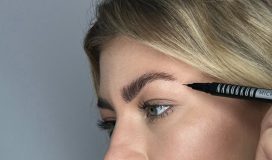
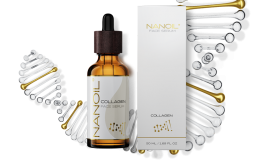
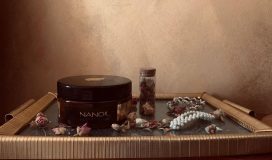
Leave a Reply